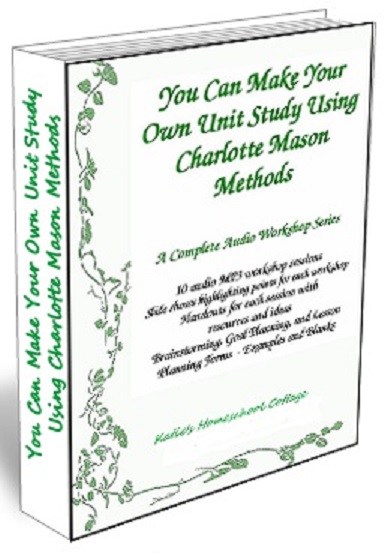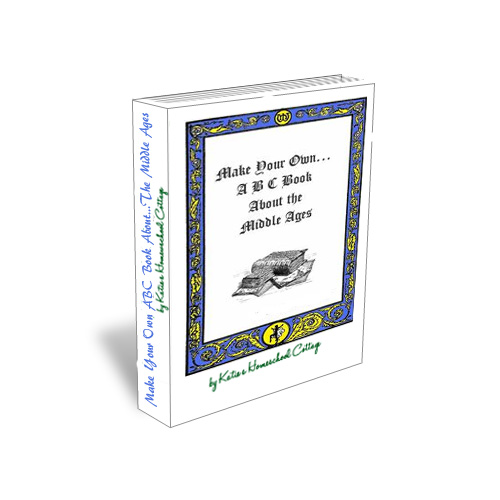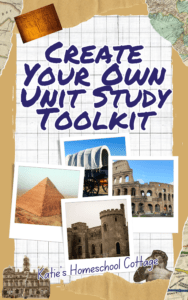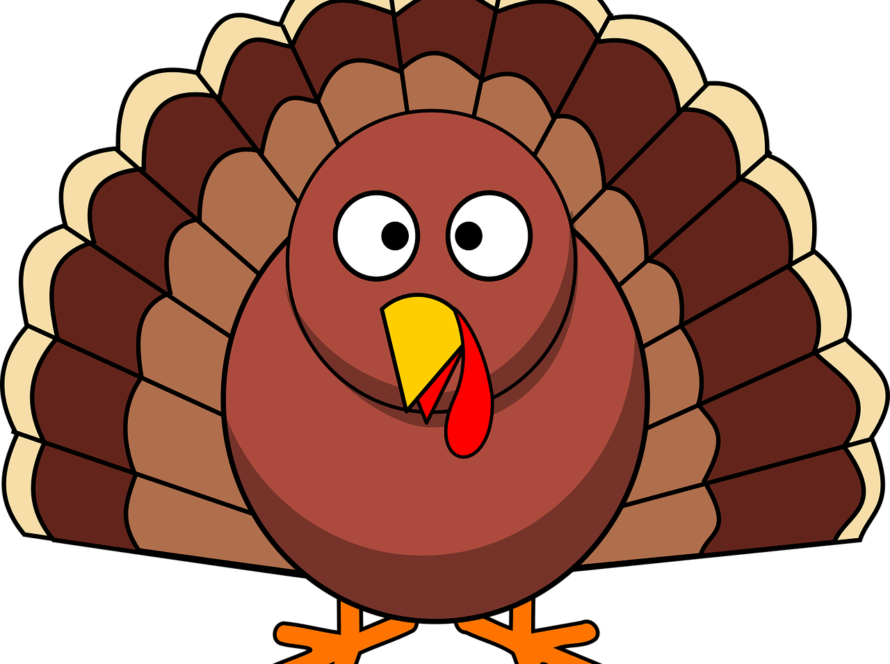Combining unit studies with Charlotte Mason methods is a common homeschooling method.
Does your family enjoy using unit studies where you try to include most academic subject areas centered around one topic?
Do you wish to include some of those neat ideas you hear about like “living books”, “narration”, “dictation”, “copywork”, or “notebooking”?
Combining these two teaching and learning styles can be easy!
You want to start by choosing what topic you will focus on in your studies.
Will it be a book you all have been reading together?
A person from history or a historical period or event?
What about a topic in science or a value you wish to instill in your home?
Or, you can take a different kind of approach and choose an interest of one or more of your children and follow that interest through history.
For example, the history of dogs or horses. When in history do we seen mention of horses or dogs as a part of a specific culture?
Were they looked at as contributing something important to the culture?
How did the horse or dog continue to contribute something to that particular culture, other cultures, and other periods in history?
Once you’ve picked the central topic of your study, you’ll want to list what academic areas and the skills and concepts that can be covered in those academic areas.
If it’s a piece of literature, what subject areas are covered in the book?
Is it a story that includes a famous person or historical period, or geographical area that you can study along side the literary elements in the story?
Does it include any scientific or mathematical concepts that can be researched?
If your family is crazy about history, it will be easy to pick a time period you all enjoy and tie in everything that was happening at that time including science, math, literature, art and culture, and the geography.
After you’ve listed what subtopics from different academic areas you want to include in your study, you can decide what “living books” you want to read for your narration (oral and written), dictation, and copywork.
From there, you can decide what notebooking pages you want to complete when completing your written narration.
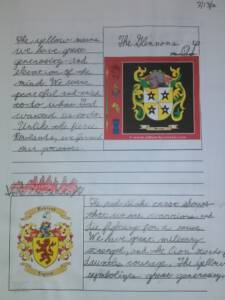
This is an example of a written narration about family crests during our study of the Middle Ages on a notebooking page.
There are other methods that Charlotte Mason used in her teaching that you can incorporate as well.
For instance, your children can make what she referred to as a “Book of Centuries”, a timeline of sorts in a notebook. Art, music, and handicraft studies can also be tied into your unit study topic, especially when focusing on a historical period.
You can download this free Unit Study Toolkit to get started on creating your own unit study and use some of Charlotte Mason Methods today!
This is just the beginning in including Charlotte Mason methods in a unit study, because there are many other aspects to using Charlotte Mason’s methods.
But this is a good start!
Katie’s Homeschool Cottage has published a new audio seminar set with ten workshop sessions to bring you through the process of developing your own unit study, step by step, using an example topic to follow and examples of unit study planning forms you can use when developing your own unit study! It can be found at here at You Can Make Your Own Unit Studies using Charlotte Mason Methods Workshop Set.
You Can Make Your Own Unit Study using Charlotte Mason Methods Workshop Set
To view a video and learn more detailed information about the contents of our audio workshop set visit you-can-make-your-own-unit-study-using-charlotte-mason-methods-course-overview.
We hope that this workshop will help all those families who would like to combine the use of a unit study with Charlotte Mason’s methods.
Here is a free download to help you use notebooking pages with your unit studies!
I hope you have enjoyed my series about Charlotte Mason and how we have used her ideas in our homeschooling over the years!
Please share with your friends and others if you found any of these posts useful! And be sure to comment on how you have used Charlotte Mason in your homeschool!
To see a list of other posts related to Charlotte Mason Homeschooling click here.



